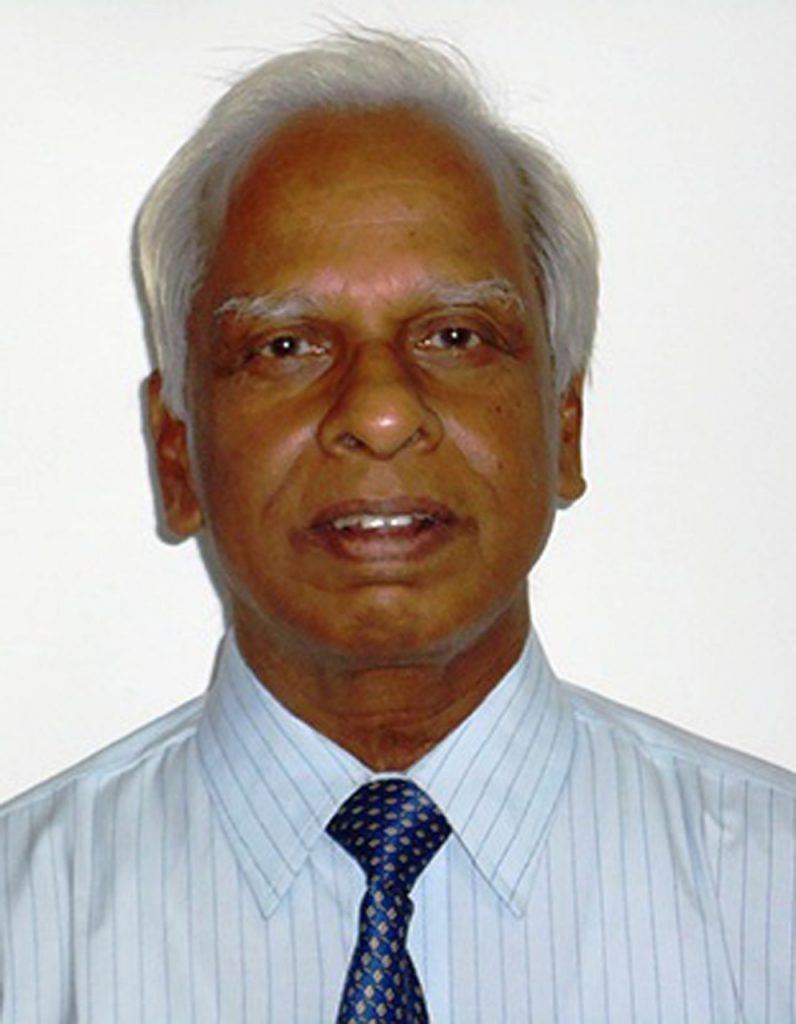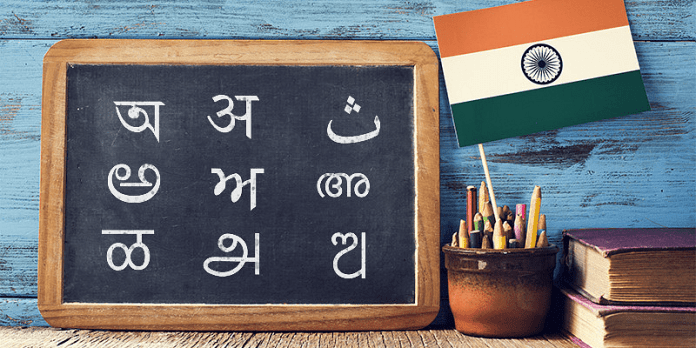This piece is unlikely to give any new information to friends who will oblige me by reading it, in spite of this announcement. It is about a certain problem concerning Odia about which much has been spoken and written during the last few years. So why talk about it and bore us, you might ask? Well, I feel that rehashing is not always meaningless, not always self-indulgence. By the way, isn’t at least part of what we hear during our ritual celebrations a rehash? Here we repeat what has been said umpteen times already to remind ourselves yet again that the problem under reference is not unreal and that it needs affirmative action.
We are told that Odia is under threat. Some disagree. They say that JagannathDas’sBhagabata would ensure that our language will never have a serious problem, threat-wise. I agree and would only like to add the following to the list: BalaramDas’s Lakshmi Purana and our newspapers.
But languages can be under “threat” in many ways. The UNESCO- inspired endangered language projects in the world give cognizance to one kind of threat, the gravestone, to be sure – the threat of extinction. Odias is under “threat”, but not the threat of extinction but the one of relative marginalization, considering its past and present status. By the way, Odiamay is not the only language in the country that is facing this problem. Now, the threat we are talking about here is not generally taken seriously by people at large. That is because it has no immediate consequences. It’s the same attitude that we have toward climate change. And that, in our opinion, is the problem.
Odisha is arguably a thousand year- old literary traditions and its literature is rich. It is a scheduled language and is therefore viewed as a privileged language. There are structures to support the language in the form of Sahitya Academy, OdiaBhasaPratisthana, publishing houses, university departments of Odia, etc. It is the medium of instruction in government schools. Some subjects in humanities and social sciences are taught in Odia at the college level. But still, there are linguists, intellectuals, and language activists who are genuinely concerned about the future of this language. They feel that the future of the language is uncertain. Generally, they hold English to be responsible for this. Some, including me, disagree but no need to go into that now.
It is widely believed in Odisha and elsewhere in the country that English is the language of economic opportunity and empowerment. So parents want to send their children to English medium schools. There is a demand for introducing English in the curriculum in non-English medium schools as early as possible. Many states want to introduce English in Class I and if for some reason that is not possible at the moment, then Class III is a temporary measure. These days, urban Odia- speaking children, especially those living outside Odisha, become literate in English and some, in Hindi as well, before they become literate in Odia. This is more or less acceptable now. Some parents seem to believe that if their children acquire a good command of English, half the battle in their life is won. That, in our view, is not really the case, but again, not many would agree with us.
In any case, exposure to English does not come from the classroom alone anymore. For information and knowledge, the younger generation is no more dependent on the classroom. There is a growing tendency among the young to minimize reading for information and explore other resources for the same, such as the Internet and television. This is what takes them to English. Then thanks to various reasons, including corruption, alongside the formal education system, there has developed a fairly strong informal one, quite efficient and organized, in the form of coaching classes, for primarily science subjects, at all levels.
Most who are willing to spend money for some quality education, join the informal system while still enrolled in the formal one. In the informal system, the language of study is English, of whatever quality – English, because it is the language of science and technical education in India. NEP2020 wants the regional languages to be used as the medium of instruction in technical education but it is unlikely that in the near future, English will become dispensable in technical education.
Coming to Hindi, is the main language of entertainment for the younger generation. My friends tell me that in urban Odisha, the viewers of the Odia serials and even the Odia news and the news-related programs on the Odia channels are mostly elderly persons. And with Hindi being increasingly viewed as a language that considerably facilitates mobility in India, our younger generation knows that knowing Hindi would help.
So what motivation is there for this generation in Odisha to study Odiaexcept for passing the Board and College examinations? They know the language – it’s their mother tongue and for most, the language of school education and they use it in day-to-day life. If they still have time after private coaching and have money, they prefer to spend the same to improve their communication skills in English. Not just in Odisha, but elsewhere in the country too.
The language activists’ concern is genuine. They are worried that if this situation persists, then in another fifty years or so, the domain of use of Oriya would shrink significantly and it would become just the language for informal communication. In that sense, it will be “marginalized”.
Now, what steps can be taken to prevent that from happening? We have to live with the fact that students are increasingly using the Internet as a resource for information and knowledge. Absenteeism in the class, even in our best-known institutions of higher education, is no longer an aberration. This is unfortunate; even when the information is reliable and exhaustive, it does not lead to knowledge. It’s a somewhat complex issue, so let’s not go into this here.

As of now, Odia has a feeble digital presence. The web content in Odia has to be significantly increased and this has to receive priority in the language development project. This is urgent. Quality information on a wide variety of topics, not just ancient Odia literature and culture (in this context, see the content posted in “Odia Virtual Academy”), such as climate change, communication revolution, the growth of the IT industry in India, the extinct and dying bird and animal species, endangered languages and cultures, Nobel laureates, Ignoble Nobel-winning work, post-modernism, the mystery of the Bermuda Triangle, Moon Missions – name anything- must be available in Odia in the web. If that happens, then an Odia speaker would consult this material rather than the material in English. Some commendable effort is being made at an individual level by SubhasishPanigrahi and a few others, as the linguist AninditaSahoo says, but the task is enormous and the involvement of a number of web content writers is absolutely necessary. This will be possible only with the active support of the Government of Odisha. The Government can and has to do much, much more, than what it has done so far.
We have to live with the English medium schools. Now, let there be no scepticism about it – parents will prefer to send their children to the Odia-medium schools if quality education in mathematics, science, history, geography, and English is made available in these schools, even if there are no free mid-day meals with eggs or good playgrounds. But for this to happen in the present times, not just the commitment of the State government, strong societal will be absolutely necessary. One important consequence of the strengthening of the Odia-medium schools in the above sense will be the empowerment of Odia.
We need interesting, informative, and well-researched, high-quality reading material on social and cultural matters in Odia, written from a modern perspective on a variety of topics, such as the mountains, the hills, and water bodies in Odisha and the legends and the narratives associated with them, a cultural history of Odisha written in a narrative mould, the process of modernization of Odisha from the people’s perspective, the marginalized sub-cultures and the process of their marginalization, our changing food culture and our lifestyle as an expression of the tension between the traditional and the modern perspective on life, the politics of such change, among a host of such topics –well-researched and well-thought-out stuff presented in non-academic, narrative form in eminently readable Odia. People will read such books when not at work and that’s important. Stuff in English would not be the only choice for their free-time reading – knowledge is not acquired in the universities alone. As for the language, it flourishes when what is written in it is informative, illuminating, and attractive.
I feel that yet another kind of Odia language activism is needed today that will lead to an increase in the web content and the writing of material for reading when one is not working. Some are doing it but the involvement of many more in this effort is the “need of the hour”, to use a cliché!
(The views expressed are the writer’s own)

Prof. B.N.Patnaik
Retd. Professor of Linguistics and English, IIT Kanpur
Email: [email protected]
(Images from the net)

